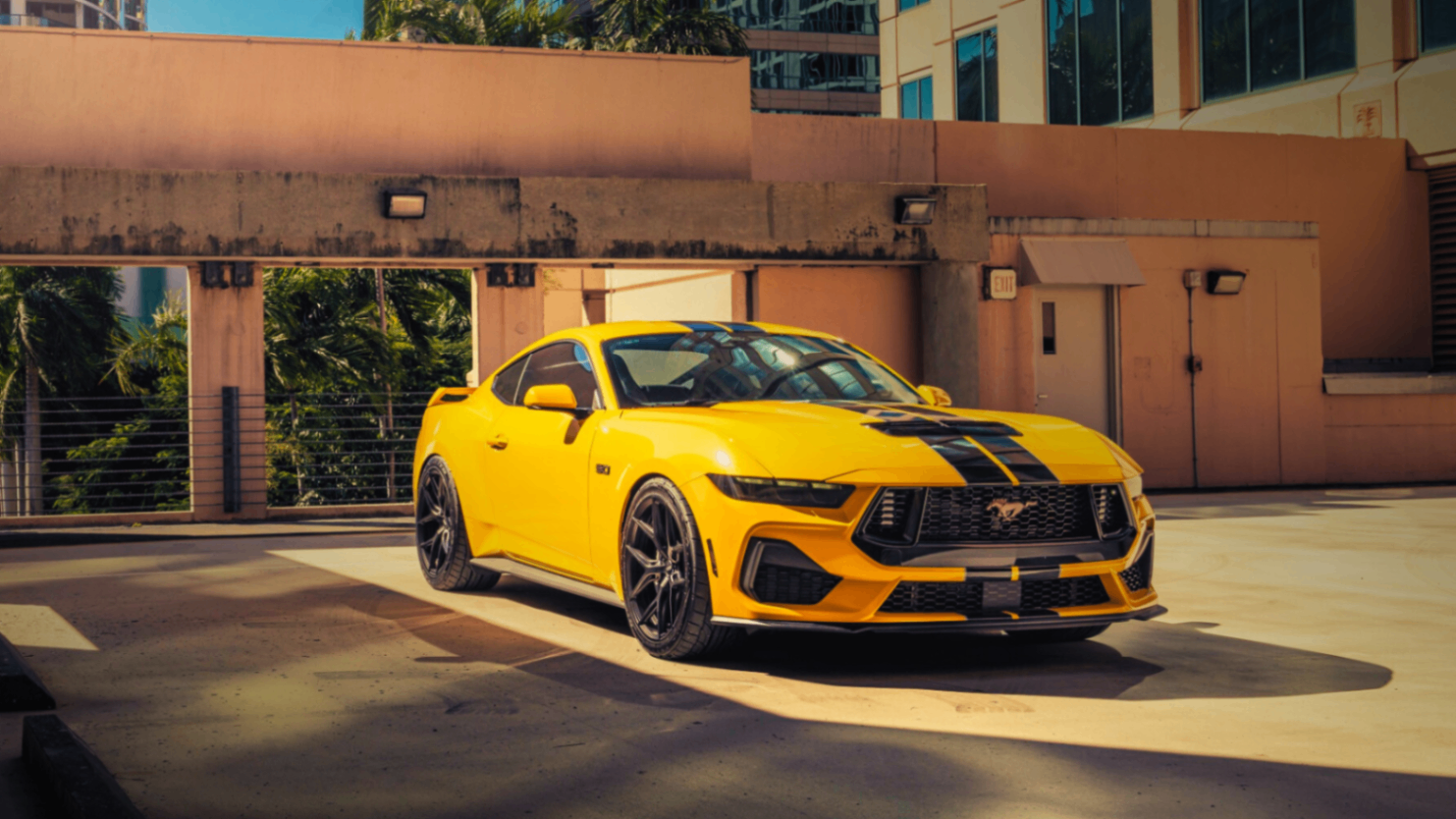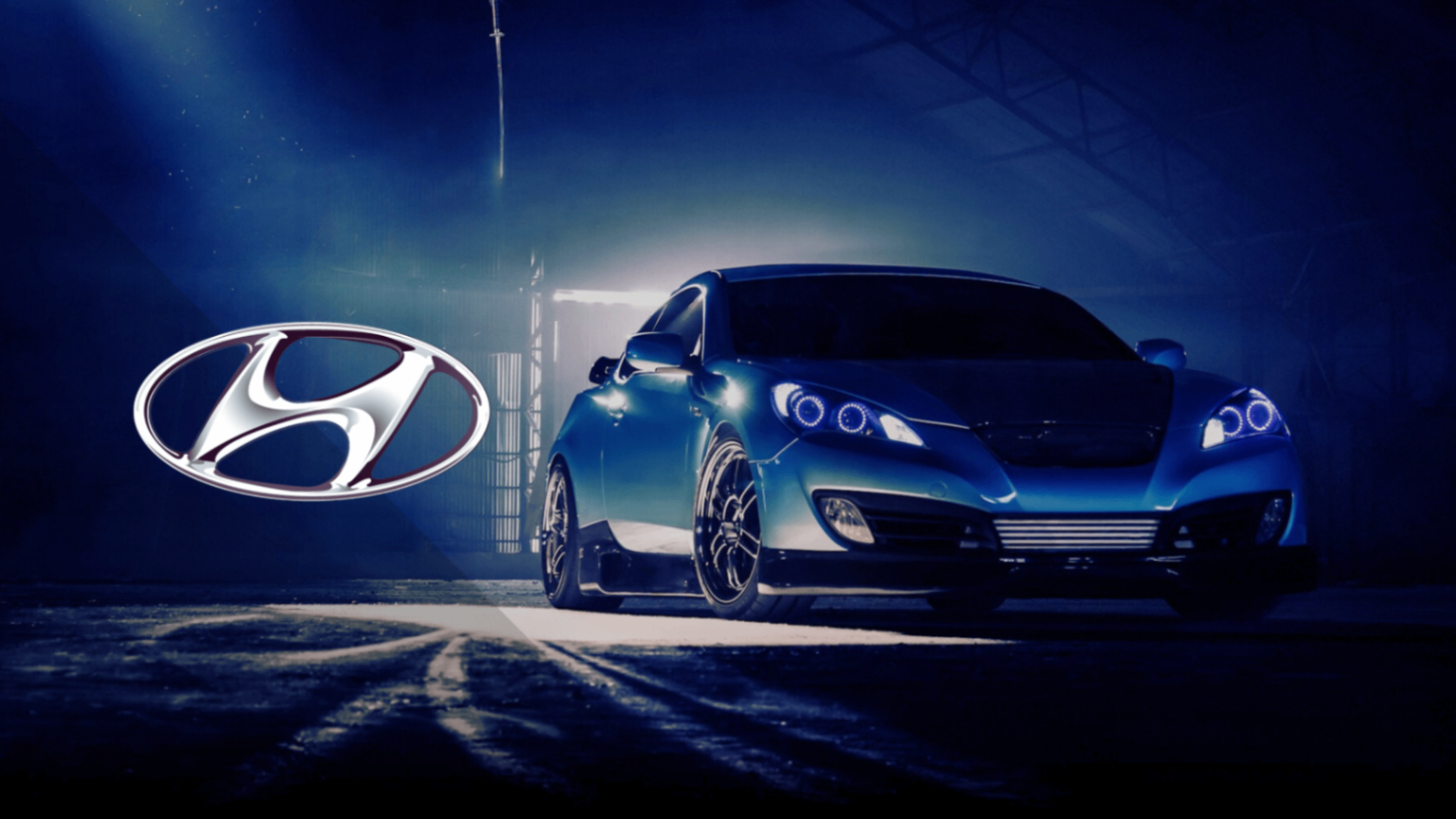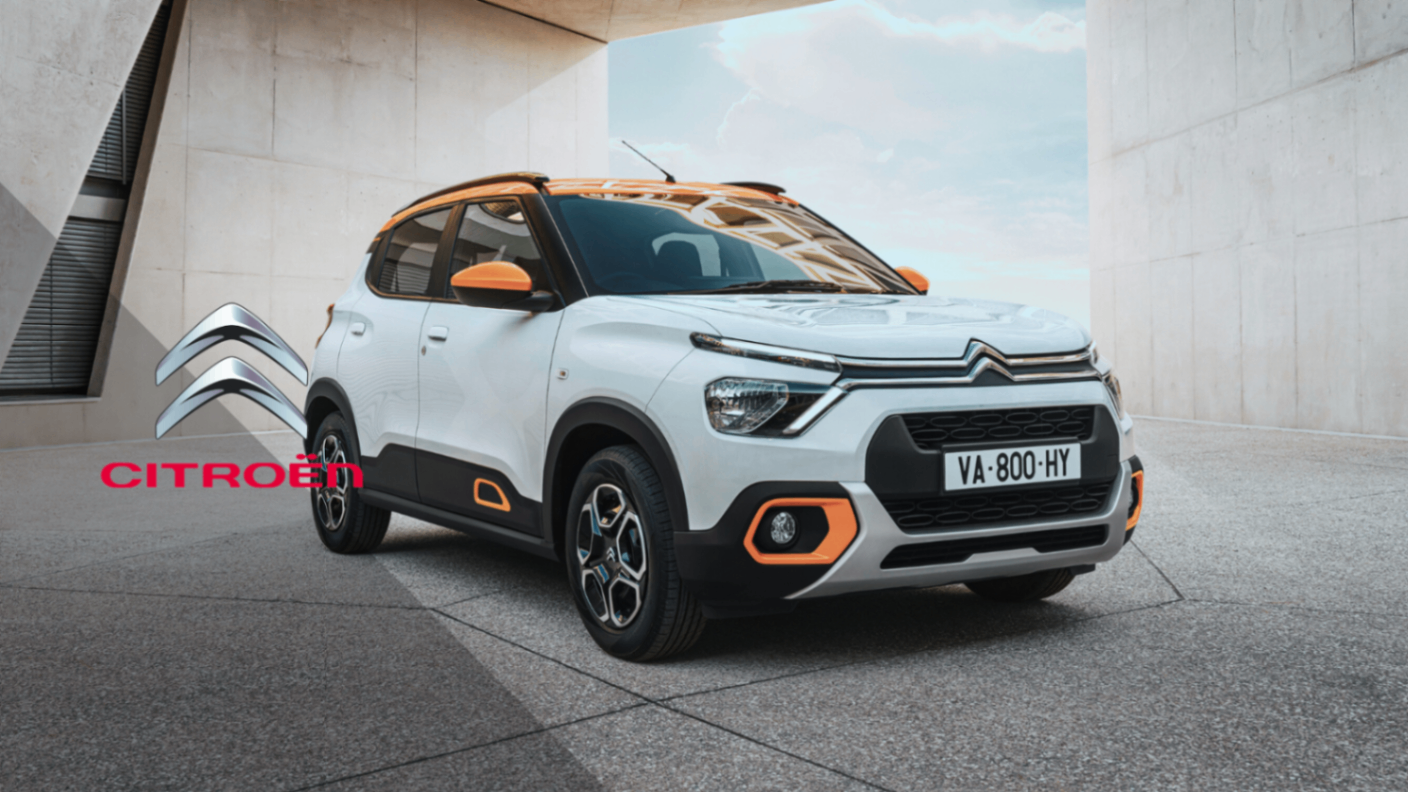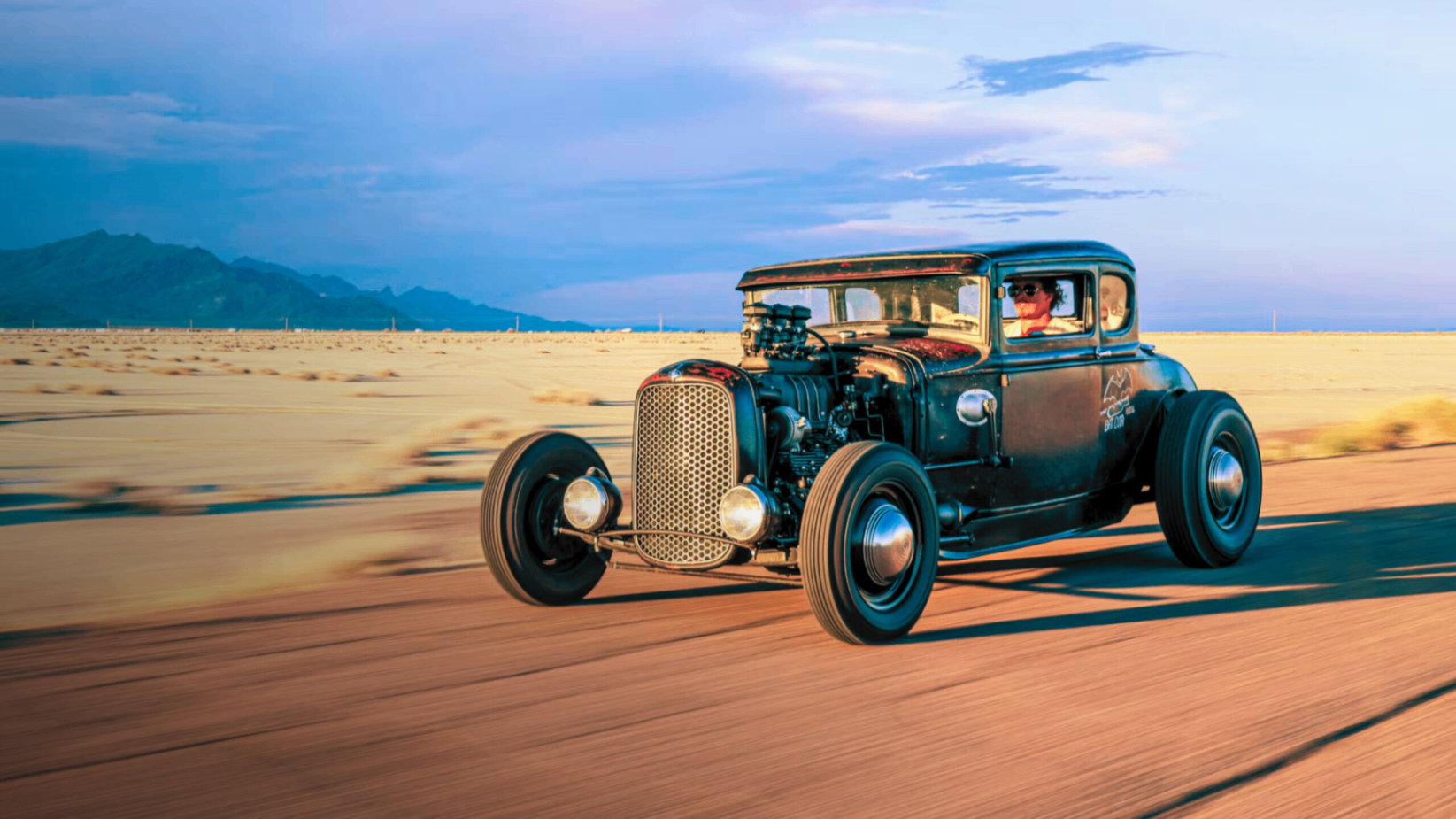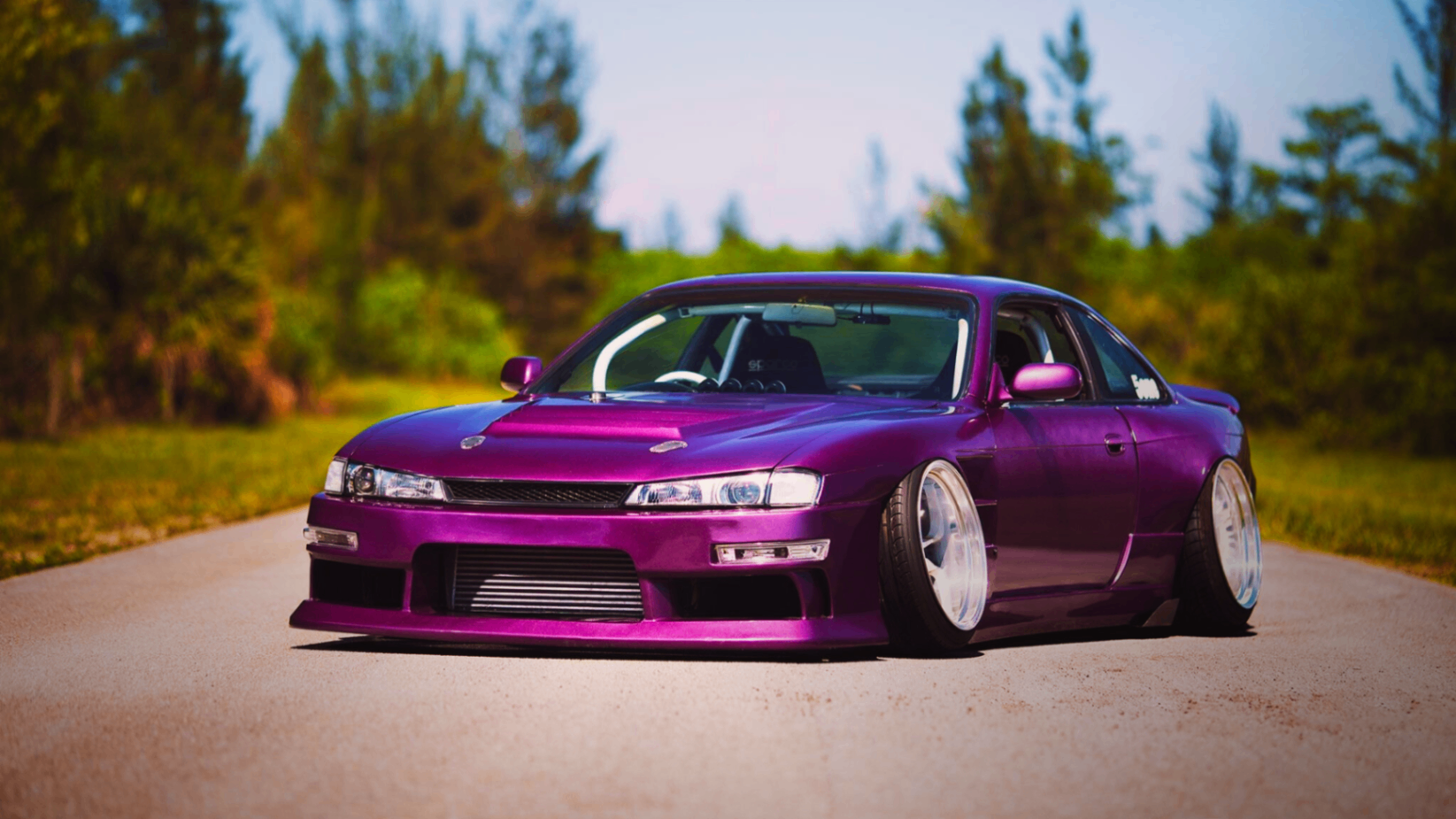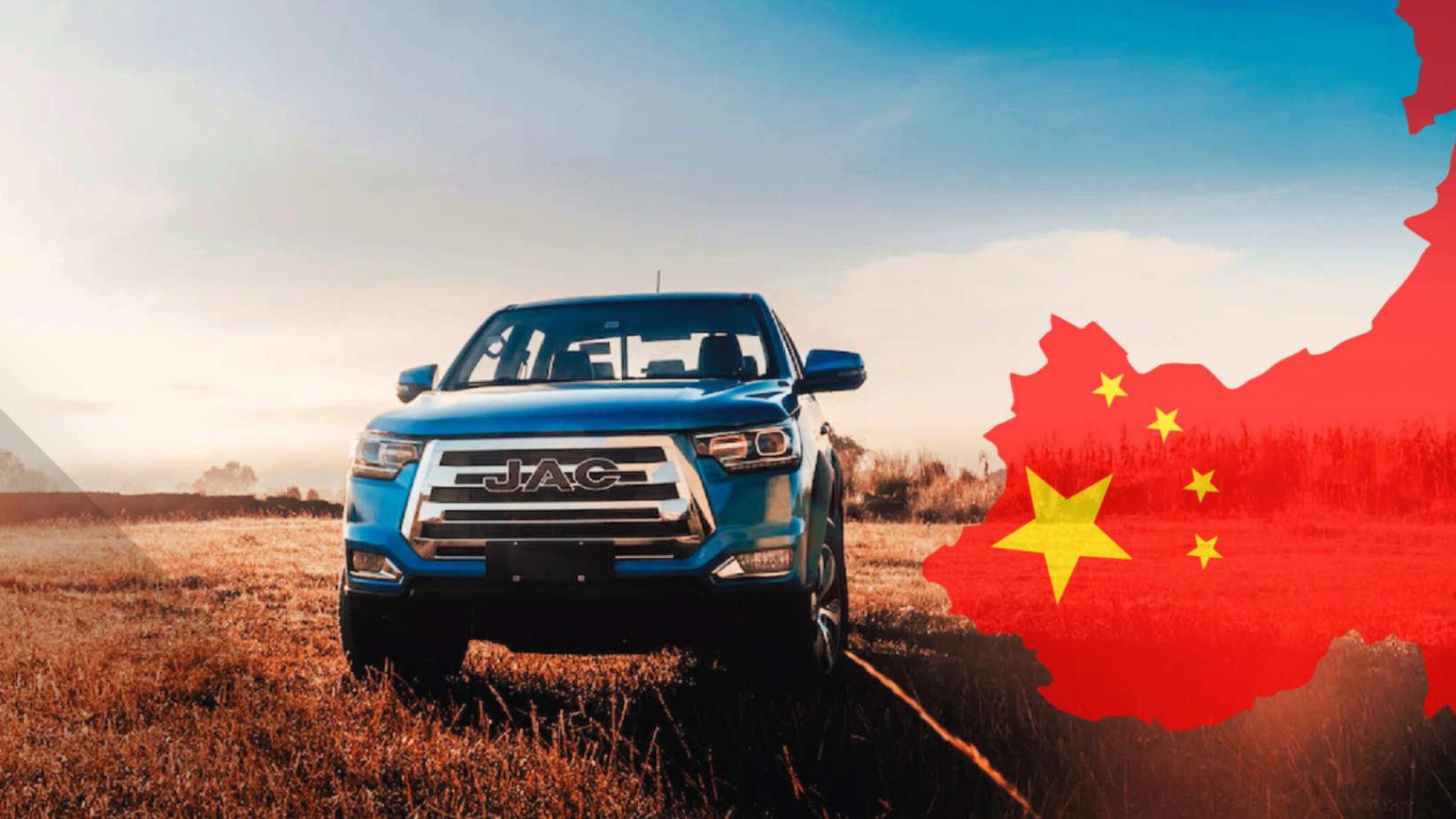
Welcome! In this special series, we'll dive into the exciting world of car tuning, exploring the most iconic and fascinating styles from around the globe. In this episode, we'll focus on an American automotive icon: the American Muscle style. What makes these powerful cars so special? Join us to find out!
History and Origins
The history of American Muscle cars begins in the 1960s in the United States, a period marked by great innovation in the automotive industry. During those years, competition between major automakers intensified, giving rise to a golden age for lovers of powerful and fast cars.
It all started with the introduction of the Pontiac GTO in 1964, considered by many to be the first "muscle car." Pontiac had the audacious idea of taking a mid-size car, the Tempest, and equipping it with a 6.4-liter V8 engine. This vehicle offered impressive power compared to other cars of the time and at an affordable price. This made it extremely popular among young people looking for speed and adrenaline.
From there, the muscle car craze spread rapidly. Ford responded with the iconic Mustang, a model that helped establish the foundation of American Muscle: cars with large, powerful engines designed for straight-line speed. Chevrolet was not far behind and launched the Camaro, a direct competitor to the Mustang. The Camaro offered a variety of engine options, including the legendary 7.0-liter V8, known as the "427." This car stood out for its performance and soon became a favorite on drag racing tracks.
Learn more about Ford at: Hated farm work, created Ford | The Ford Story
During the 1970s, Dodge introduced the Charger and the Challenger. These cars were not only fast, but they also had an imposing presence, with muscular and bold lines. However, in the mid-1970s, the oil crisis and new emissions regulations put an end to the golden age of muscle cars. Manufacturers began to reduce engine power and focus on fuel efficiency, which decreased the popularity of these vehicles.
But the passion for American Muscle never died. In the 1990s and 2000s, there was a revival of muscle cars with the reintroduction of classic models like the Ford Mustang, Chevrolet Camaro, and Dodge Challenger. These cars combined nostalgic design with modern technology, offering impressive performance and reminding a new generation why these vehicles are so special.
You can learn more about Chevrolet at: The Chevrolet Story: The Legend Behind the Wheel
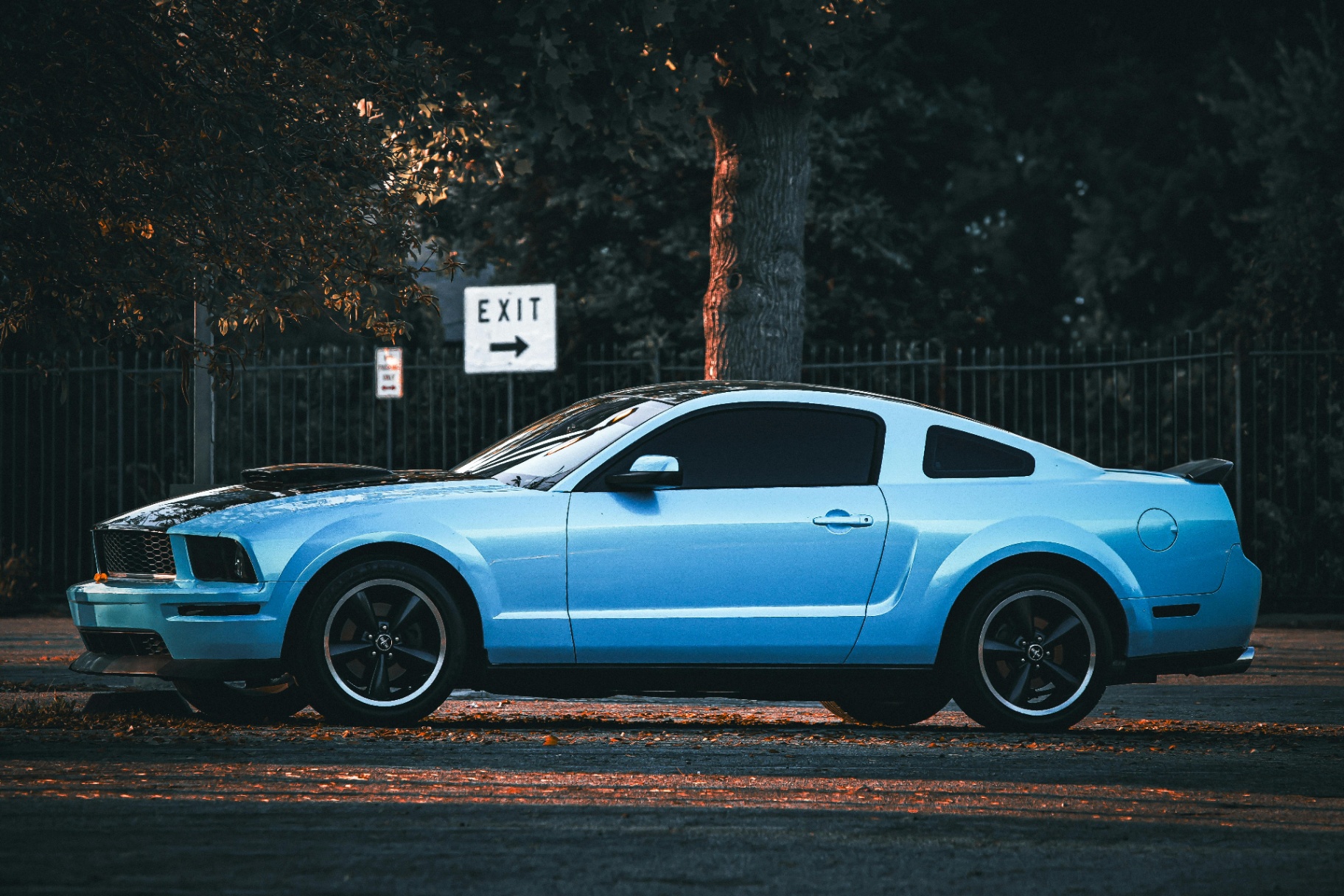
Key Features
Muscle cars are typically equipped with large-displacement V8 engines, allowing these cars to accelerate rapidly and reach high speeds. The deep, powerful roar of a V8 is something that all enthusiasts recognize and love. This sound is not only a statement of power but also an essential part of the muscle car driving experience.
The exterior design of muscle cars is equally impressive. These cars have muscular and bold lines, with long hoods and prominent grilles. The aesthetic is aggressive and designed to convey power even when the car is stationary. These cars often have air intakes on the hood and sides, not only to improve aerodynamics but also to cool the engine, which is crucial for maintaining performance at high speeds.
They are designed for straight-line speed, making them perfect for drag racing. The suspension and brakes are upgraded to handle the additional power, and modifications are often made to the exhaust system to improve airflow and achieve that characteristic, roaring sound that fans love so much.
Tuning muscle cars often includes installing superchargers or turbochargers to increase engine power, adding high-performance tires to improve traction and handling, and customizing the interior with sport seats and advanced entertainment systems.
Famous Examples
When we talk about American Muscle cars, some iconic models immediately come to mind. Like the Ford Mustang, which is perhaps one of the most iconic muscle cars of all time, and the Shelby GT500 is its fiercest version. Equipped with a 7.0-liter V8 engine, this car offered impressive power and exceptional performance. Its scooped hood and muscular design make it unmistakable. It's well-known for its racing legacy and appearances in movies and TV shows.
The Chevrolet Camaro has been the Mustang's main competitor since its introduction. Among all its versions, the Camaro ZL1 is one of the most admired. Equipped with a supercharged 6.2-liter V8 engine, the ZL1 can produce over 650 horsepower, making it a beast on the track and on the road.
There's also the Dodge Challenger SRT Hellcat, another impressive example of American Muscle heritage. Since its introduction in 2015, it has quickly gained a reputation as one of the most powerful muscle cars ever made. With a supercharged 6.2-liter V8 engine producing over 700 horsepower, it offers an unmatched driving experience. Its design pays homage to classic models from the 1970s. Additionally, its modern features like an advanced cooling system and adjustable suspension make it a highly sought-after car.
The Mustang Boss 429 is one of the rarest and most coveted models in Mustang history, as it was produced in the 1970s and fewer than 2,000 units were made. This makes it a true treasure for collectors. Equipped with a 7.0-liter V8 engine, the Boss 429 was specifically designed for NASCAR racing.
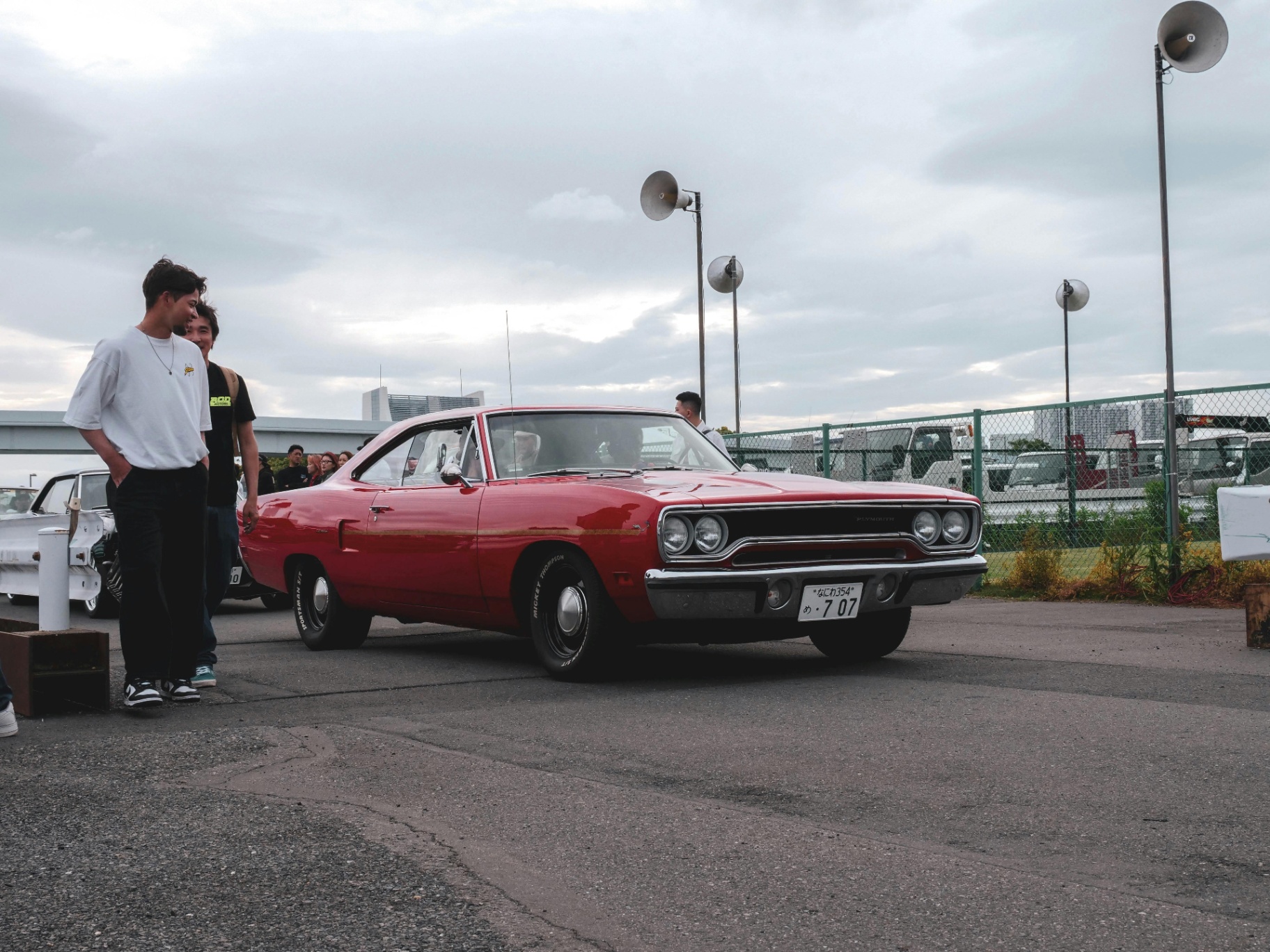
Culture and Community
Muscle cars have starred in countless movies, TV shows, and songs. Films like "Bullitt" with its famous Ford Mustang chase, or the "Fast and Furious" saga, have immortalized these cars on the big screen. These portrayals have helped keep the legend of muscle cars alive and attract new generations of fans.
Drag racing, where cars compete in a straight-line speed race, is particularly popular for muscle cars. These competitions highlight their raw power and acceleration. Additionally, there are numerous show events where owners can display their vehicles, such as "car shows" and "cruise-ins." There are also events like the "Cannonball Run," in which participants try to cross the United States in the shortest possible time. Muscle cars are very popular there for their speed and endurance.
True fans value the stories and legacy behind each model. Many muscle cars are considered collector's items, and keeping them in optimal condition is a dedicated task that their owners take very seriously. In recent years, there has been a resurgence of interest in classic muscle cars. This has led to the launch of new versions that pay homage to the originals but with modern technology.
American Muscle is not just a tuning style, it's a lifestyle. These powerful vehicles, with their roaring engines and imposing designs, have defined an era, and have proven time and time again why they are the undisputed kings of the road.
Don't miss our next episode, where we'll explore another incredible tuning style that will blow your mind!

